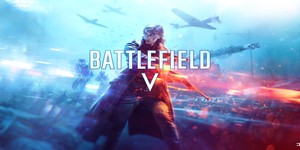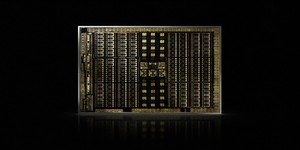
The ray tracing versus rasterisation debate has been running for a long time now and during Nvision it hasn’t stopped.
During a conversation I had earlier, things got even more interesting because according to Nvidia’s representatives, even the movie industry is using ray tracing sparingly – and it’s not as if frames have to be rendered in real-time for an animated motion picture.
Cars is one of the few movies to make extensive use of ray tracing and the technology used in most of Pixar’s films is provided by mental images – a wholly owned subsidiary of Nvidia.
Most of the animated motion picture industry is still very focused on rasterisation and that’s also the case in the real-time 3D graphics industry as well. Back when we interviewed David Kirk, he said a similar thing and the latest discussion I’ve had goes further to show that there’s no reason to believe ray tracing will magically displace rasterisation.
Of course, there are specific effects that end up being more efficient with ray tracing—at least to obtain the levels of realism required—but they are few and far between. What’s more, some of the demos shown by Intel during IDF really hammered home the fact that if we were to move to a fully ray traced environment, we’d be taking a step backwards graphically in many other areas.
Ray tracing will be used for some graphical effects in the future—I’m sure of that—but only when there’s enough compute power to really move things forward graphically.
What are your thoughts on the ray tracing / rasterisation debate? Tell us in the forums.
During a conversation I had earlier, things got even more interesting because according to Nvidia’s representatives, even the movie industry is using ray tracing sparingly – and it’s not as if frames have to be rendered in real-time for an animated motion picture.
Cars is one of the few movies to make extensive use of ray tracing and the technology used in most of Pixar’s films is provided by mental images – a wholly owned subsidiary of Nvidia.
Most of the animated motion picture industry is still very focused on rasterisation and that’s also the case in the real-time 3D graphics industry as well. Back when we interviewed David Kirk, he said a similar thing and the latest discussion I’ve had goes further to show that there’s no reason to believe ray tracing will magically displace rasterisation.
Of course, there are specific effects that end up being more efficient with ray tracing—at least to obtain the levels of realism required—but they are few and far between. What’s more, some of the demos shown by Intel during IDF really hammered home the fact that if we were to move to a fully ray traced environment, we’d be taking a step backwards graphically in many other areas.
Ray tracing will be used for some graphical effects in the future—I’m sure of that—but only when there’s enough compute power to really move things forward graphically.
What are your thoughts on the ray tracing / rasterisation debate? Tell us in the forums.

MSI MPG Velox 100R Chassis Review
October 14 2021 | 15:04








Want to comment? Please log in.